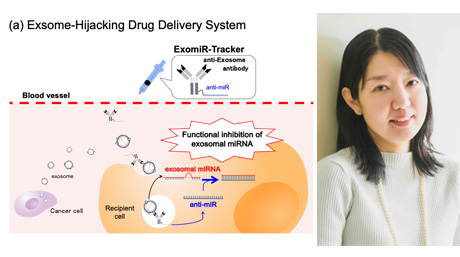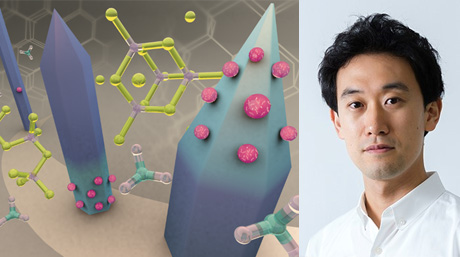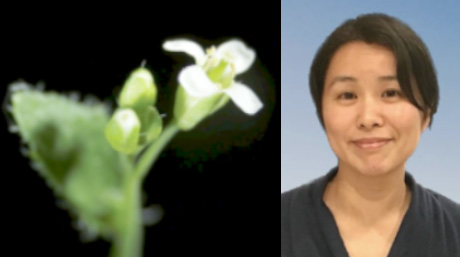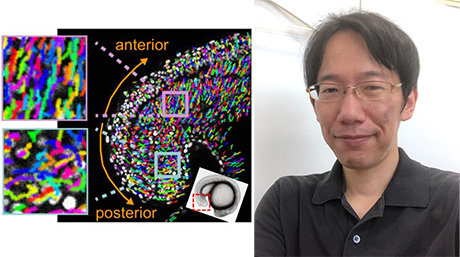Life Science and Technology News
【Labs spotlight】 Hisabori and Wakabayashi Laboratory(until Mar. 2023)
The Department has a variety of laboratories for Life Science and Technology, in which cutting-edge innovative research is being undertaken not only in basic science and engineering but also in the areas of medicine, pharmacy, agriculture, and multidisciplinary sciences.
This "Spotlight" series features a laboratory from the Department and introduces you to the laboratory's research projects and outcomes. This time we focus on Hisabori and Wakabayashi Laboratory.
※Professor Hisabori and Associate Professor Wakabayashi retired from Tokyo Tech on March 31, 2023.

Life Science and Technology
Professor Toru Hisabori![]()
Associate Professor Ken-ichi Wakabayashi![]()
| Degree | Professor Toru Hisabori : PhD 1985, Waseda University Associate Professor Ken-ichi Wakabayashi : Ph.D. 2001, University of Tokyo |
|---|---|
| Areas of Research | Plant Biochemistry, Bioenergetics, Cell Motility, Photomovement of microorganisms |
| Keywords | ATP synthase, redox regulation, thioredoxin Cilia, Flagella, Phototaxis, Redox regulation |
| Website | Hisabori and Wakabayashi Laboratory |
Research interest
Molecular mechanisms of rotation and regulation of ATP synthase from photosynthetic organisms
(1) Molecular mechanisms of rotation and regulation of ATP synthase from photosynthetic organisms
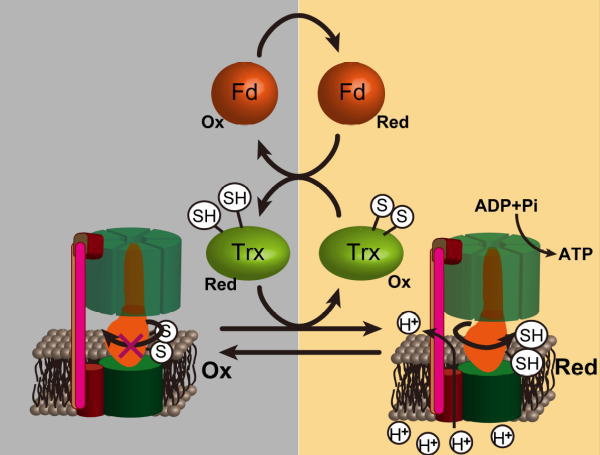
(2) Biochemical analysis of thioredoxin and its target proteins in photosynthetic organisms
(3) Anti-oxidant stress system in photosynthetic organisms
(4) Regulatory mechanisms for Chlamydomonas photomovements
(5) Regulatory mechanisms for eukaryotic ciliary/flagellar movements
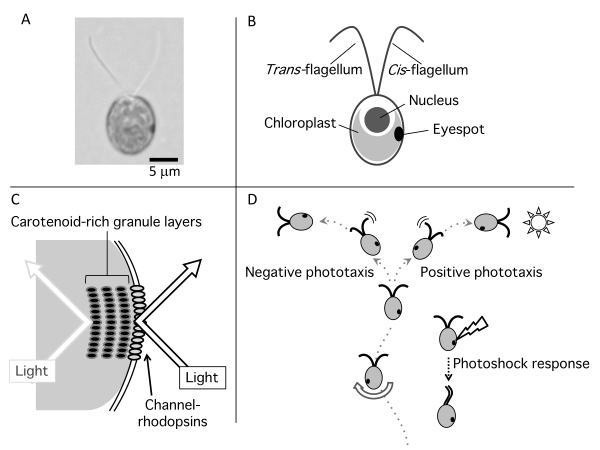
(A) Chlamydomonas cell and (B) its schematic. It has two flagella, one cup-shaped chloroplast surrounding the nucleus, and one eyespot. (C) Schematic of the eyespot, the directional photoreceptor. Light reflection at the carotenoid-rich granule layers amplifies the light from the outside for channelrhodopsins, the photoreceptor proteins, and blocks the light from the inside. (D) Photobehaviors of Chlamydomonas. When illuminated with weak light, it shows positive or negative phototaxis. When illuminated with sudden strong light, it changes its flagellar waveform and swims backward (photoshock response).

